This delightfully humble potato bread makes great toast, and has good keeping quality, due to the inclusion of cooked potato.
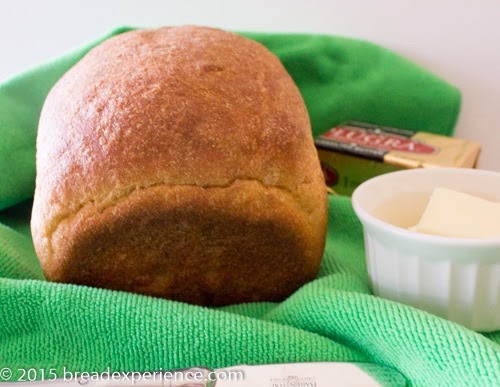
I learned about this potato bread in the Bread History and Practice FB group. It is described as “bread for toast and butter,” and is found in: Culina Famulatrix Medicinæ: or, Receipts in modern cookery Alexander Hunter (1729-1809) 1806 and subsequent editions https://archive.org/details/culinafamulatri01huntgoog.
According to William Rubel, bread historian and the moderator of the Bread History and Practice FB group, this is the earliest recipe he’s found “… for potato bread in an English-language book intended for use by the general population.” He places the bread circa 1806 because it’s not mentioned in the 1804 version and he couldn’t find an 1805 version online.
Elizabeth David mentions Hunter’s book and this potato bread in her book English Bread and Yeast Cookery. She indicates that Hunter’s book was first published in 1805. I went with the 1805 date, but you can take your pick.
According to David and Hunter, potatoes were commonly substituted for part of the flour during times when wheat was in short supply. Tubers were also incorporated into breads to save money because (at that time) potatoes were cheaper than flour.
Hunter speculated that,
… lovers of toast and butter will be much pleased with this kind of bread. The potato is not here added with a view to economy, but to increase the lightness of the bread, in which state it will imbibe the butter with more freedom.”
The original version and William Rubel’s version include a mixture of potato and white flour. I chose to use what is called “household” flour for my version. I hadn’t heard that particular term until now so I decided to make use of it. I sifted white whole wheat flour and the result was about 80% extraction flour.
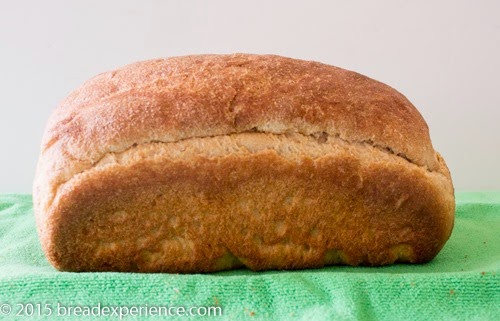
Potato Bread for Toast and Butter
Adapted from William Rubel’s formula posted on Bread History and Practice which is adapted from Alexander Hunter’s version at https://archive.org/details/culinafamulatri01huntgoog.
Take two pounds of fine flour, after being gently warmed before the fire, and rub it into half a pound of warm mealy potatoes. When well mixed, add a proper quantity of yest and salt, with warm milk and water sufficient to make into dough, which must be allowed two hours to rise, before being formed into a loaf. Put the loaf into a tin to preserve its shape, and when placed in the oven, take care that it be not over-browned.
Flour 100%
Mashed sieved mealy potato 25%
Warm water 30% *
Full fat milk, if possible, warm 25%
Active dry yeast, not instant 1%
Salt 1.5% **
Flour 500g (I used 80% extraction home-milled white whole wheat flour)
Mashed sieved mealy potato 125g
Warm water 150g *
Full fat milk, if possible, warm 125g
Active dry yeast, not instant 5g
Salt 8g **
* If you use white all-purpose or bread flour instead of extracted whole wheat flour, you’ll need slightly less water (about 125 g).
** The recipe posted on FB called for 1% (5 g) salt, but it was a bit bland. I recommend increasing the amount of salt used in the final dough unless you salt the cooked potato, which I didn’t.
Method:
Pour the warm water in a large bowl. Sprinkle the active dry yeast over the warm water and let it rest for 5 or 10 minutes until foamy.
Add the potato, salt and flour to the yeast mixture and mix. Pour in the milk and mix thoroughly using a Danish dough whisk or wooden spoon.
Switch to using your hands to make sure the ingredients are thoroughly incorporated and there are no dry bits of flour.
Remove the dough to a lightly floured surface, cover with a bowl or kitchen towel, and let it rest for 10-15 minutes to allow it to absorb the liquid. Knead until smooth.
Clean the bowl and lightly grease it. Place the dough back in the bowl and turn to coat it with oil.
Cover with plastic wrap or a kitchen towel, then let it proof at room temperature for 2 hours. Fold the dough after the first hour, then let it rest for the final hour.
Shape the dough into a loaf shape and place it in a greased 9” x 5” loaf pan. Let it rise for 45 minutes to an hour or until it (the center) reaches the top of the pan.
Preheat the oven to 350 degrees F. and bake the loaf for 35–40 minutes.
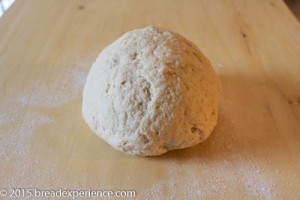 |
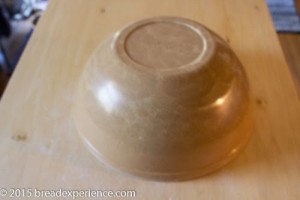 |
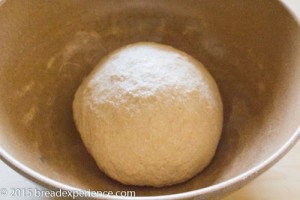 |
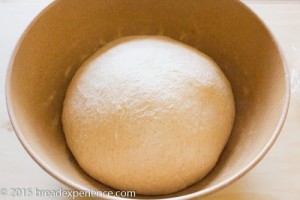 |
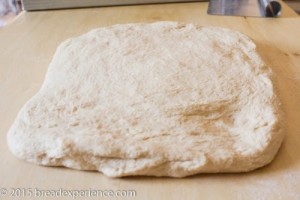 |
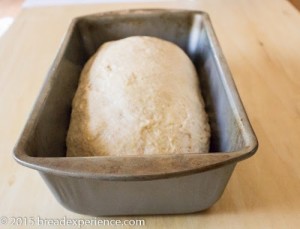 |
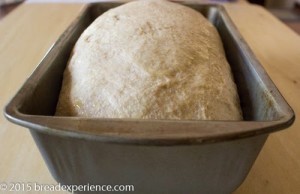 |
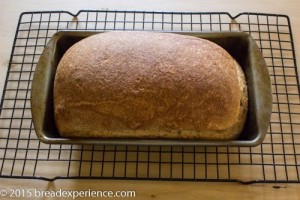 |
Remove the loaf from the oven and let it sit in the pan for a few minutes. Remove it from the pan and place it on a wire rack to allow the bottom to firm up while cooling.
Brush the loaf with melted butter after removing it from the oven, if desired. Serve plain or toasted with butter for a deliciously simple treat.
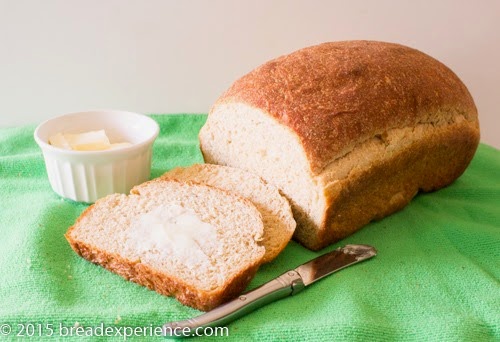
I enjoyed this bread all week long. It makes great cinnamon toast for breakfast or a mid-morning snack.
Note: An added benefit of breads made with potatoes (besides the taste and texture) is that they have better keeping quality. The potato helps the bread retain it’s moisture.
Happy Baking!
Cathy
Kris says
This should be delicious!!
Cathy W. says
It is Kris! You’ll like this one.
Anna says
Would you recommend this to be okay in a bread machine? 2 lb loaf?
Cathy says
Hi Anna, I have not tried this bread in a bread machine. It would definitely be okay to mix in the bread machine. However, if you’re talking about making it completely in the bread machine, then you can certainly give it a try and see how it does. You’ll need to substitute instead yeast for the active dry and reduce the amount used a little bit.